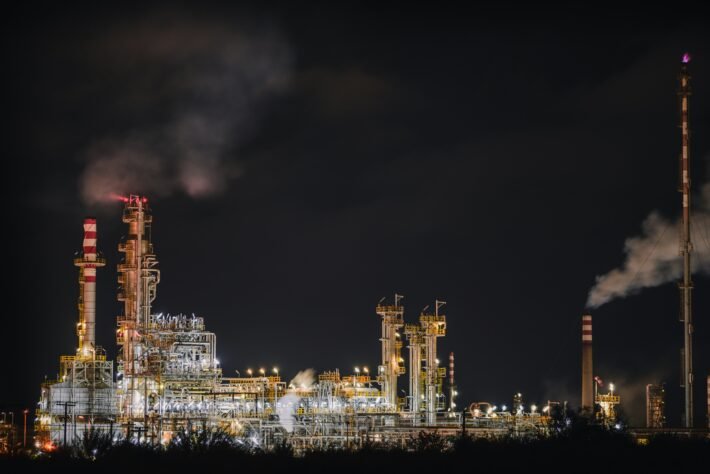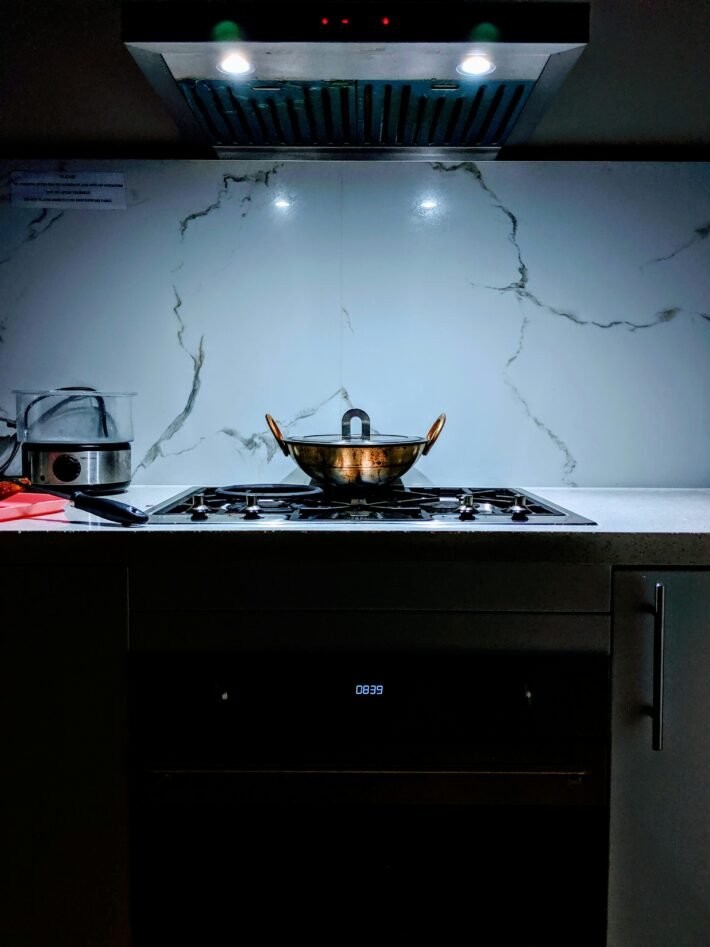Phosgene Leakage at Swedish Security Police (SÄPO) Headquarters

In a recent and exceptional incident at the Security Police (Säpo) headquarters in Solna, Sweden, authorities were alerted to a suspected gas leak that led to a significant emergency response. Several individuals, including police officers, were hospitalized following the incident, with initial reports indicating the presence of the highly toxic chemical, phosgene.
Phosgene, a chemical warfare agent used extensively during the First World War, is known for its lethal properties. Expert toxicologist Kai Knudsen highlighted the severity, stating, “It killed over 80,000 people in the First World War.” The gas is thinner than air, sinking into lower areas, and can cause respiratory irritation before potentially leading to life-threatening conditions such as pulmonary edema.
The incident unfolded after sensors on the roof of the Säpo building detected traces of phosgene, prompting a swift response from the police and emergency services. While several individuals experienced a peculiar odor, Ola Österling, police spokesperson, emphasized that no one suffered adverse health effects.
Despite the initial alarm, subsequent investigations by the emergency services revealed no actual presence of phosgene within or around the building. Karl Melin, Säpo’s press chief, reassured the public, stating, “After the rescue operation, we could confirm that there was no gas inside or outside the building.” Read the article in Swedish here.
The police have initiated an investigation into the incident, focusing on potential negligence causing bodily harm. Österling emphasized the societal interest in determining the origin of the odor, as one police officer had indeed fallen ill.
Phosgene, once a prominent chemical weapon, is now strictly regulated due to its extreme toxicity. Kai Knudsen explained that it is used in specific industrial processes, such as chemical manufacturing and PVC plastic production, but under stringent controls.
Commenting on the rarity of phosgene incidents, Knudsen highlighted, “It is very uncommon to have accidents with phosgene at all, so if it is indeed phosgene, it is an exceptional event.”
We at Gas-Analyzer.com believes that the sensors on the facility had a false reading of 0,6 ppm. This is also described here. We offer portable gas analyzers, equipped with NDIR technology and we can offer real-time detection and monitoring capabilities. Such technology proves invaluable in preventing and mitigating potential gas-related threats, ensuring the safety of individuals and the community.
As the investigation into the Säpo incident continues, the importance of reliable gas detection technology becomes increasingly evident. The incident serves as a stark reminder of the ongoing need for robust safety measures in both industrial and security settings.





False reading is possible but 6 people went to hospital. For short time but still. And some type of strong smell was reported. The same day swedish PM was in Hungary geting final approval for joining NATO.
I believe hospitalizing them was a precautionary safety measure. Additionally, I think this gas might be a byproduct of welding. Regardless, I’m of the opinion that upgrading the sensors to parts per billion (ppb) or incorporating continuous gas analyzers like our gas-analyzer for first responders is essential. The current PID handheld devices lack the sensitivity to measure phosphene at low concentrations. /Carl at Labio.